The Science Behind Community Cat Programs
COMMUNITY CAT PROGRAM
TNR: The Most Humane and Effective Way to Reduce the Community Cat Population!

Coconino County is home to thousands of free-roaming, unowned Community Cats. High Country Humane’s Community Cat Program was developed with the clear vision of doing what is best for cats. We aim to provide the most compassionate and ethical outcome for all animals in our community. Our Community Cat Program accomplishes this by spaying/neutering, vaccinating, and returning healthy community cats to their chosen outdoor homes. Community cats are a part of our community and deserve health and care. With YOUR help, we can make Flagstaff and Coconino County a safe place to be a cat!
What is a community cat?
“Community cats” are free-roaming, outdoor cats who have no indication of having an “owner”. These cats are found all over the world. Community cats can be unsocialized or socialized, young or old and may or may not have a human caretaker. Here in Coconino County, they live in our urban areas, parks, woods, backyards, and our more rural communities. Most likely you have community cats in your area, and you don’t even know it!
Utilizing Trap-Neuter-Return (TNR) to Manage Community Cat Populations
TNR is the only effective method of humanely trapping community cats, having them spayed or neutered and vaccinated against rabies and other common illnesses, and then returning them to their chosen outdoor home to live out their lives. These healthy cats help balance nature by minimizing the rodent population and will live their lives as before but will not reproduce.
How it works:
- We provide you with a humane trap and education on trapping!
- We spay, neuter, vaccinate and “ear tip” for free (thanks to amazing donors like you!)
- The cats are returned back to their outdoor home.
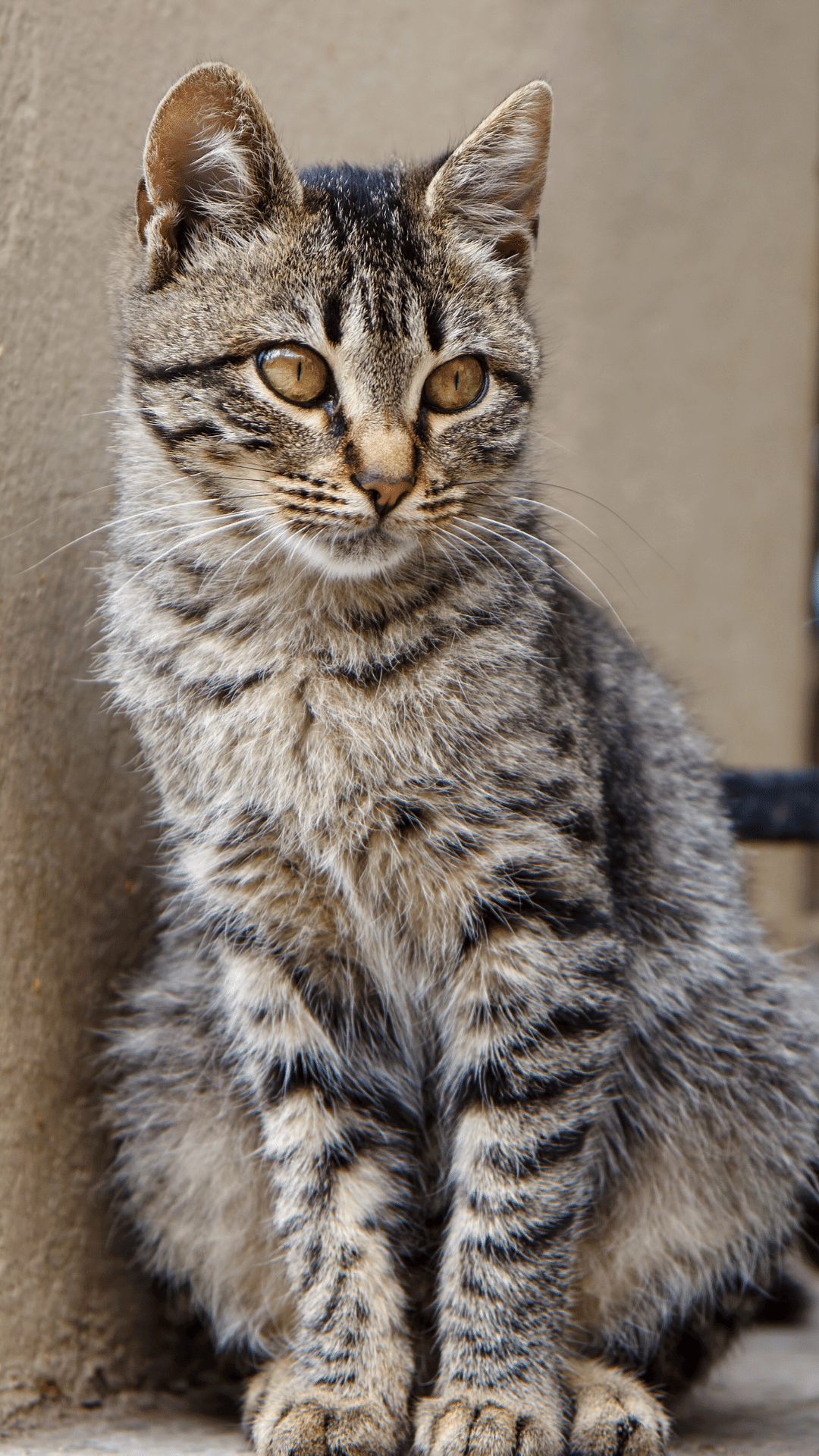
Things to know:
- Our Community Cat Program Manager will help get you set up with a trap and spay/neuter appointment at our clinic.
- A staff member or volunteer will show you how to use the trap.
- Surgeries are scheduled on Tuesday, Thursday, and Friday. Drop off is 8:00am at the shelter.
- You are responsible for picking up the cat after surgery between the hours of 3:00pm and 4:00pm and returning the cat back to the area where they were trapped. THERE is NO exception to this with our TNR program, the cat must be returned and cannot be re-homed or relocated.
- Cost: $25/Cat (spay/neuter, ear tip, vaccine FVRCP/Rabies & Microchip). Additional donations are appreciated, the cost of this is more than $100 per animal to the shelter for TNR.

Need to make an appointment for our Community Cat Program? Contact Us!
- Shani Campbell – Call or Text: 928-814-3199
- Email: communitycats@highcountryhumane.org
- Calls, Texts and Emails will be answered and returned Tuesday, Wednesday and Thursday 11:00am to 4:00pm.
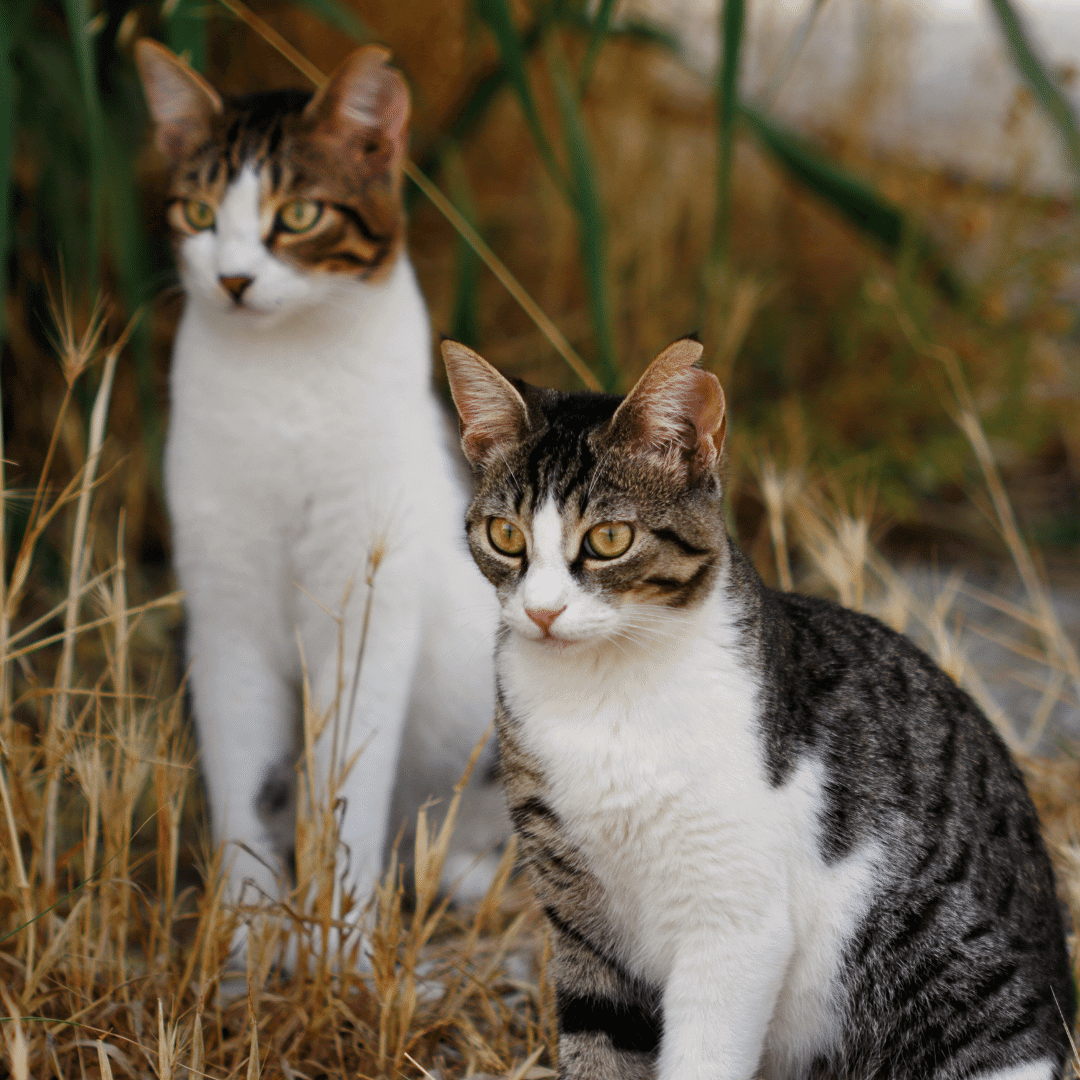
SUPPORT OUR COMMUNITY CAT PROGRAM!
Why A Community Cat Program
High Country Humane and other leading animal welfare organizations are creating extensive and effective community cat programs to meet the individual needs of cats while also reducing the population. These programs aim to do what is best for community cats by spaying/neutering, vaccinating, and returning healthy community cats to their chosen outdoor homes.
The ineffective method of simply removing or killing community cats often results in the “vacuum effect” — where new cats move into the now available territory and intact cats continue to breed.
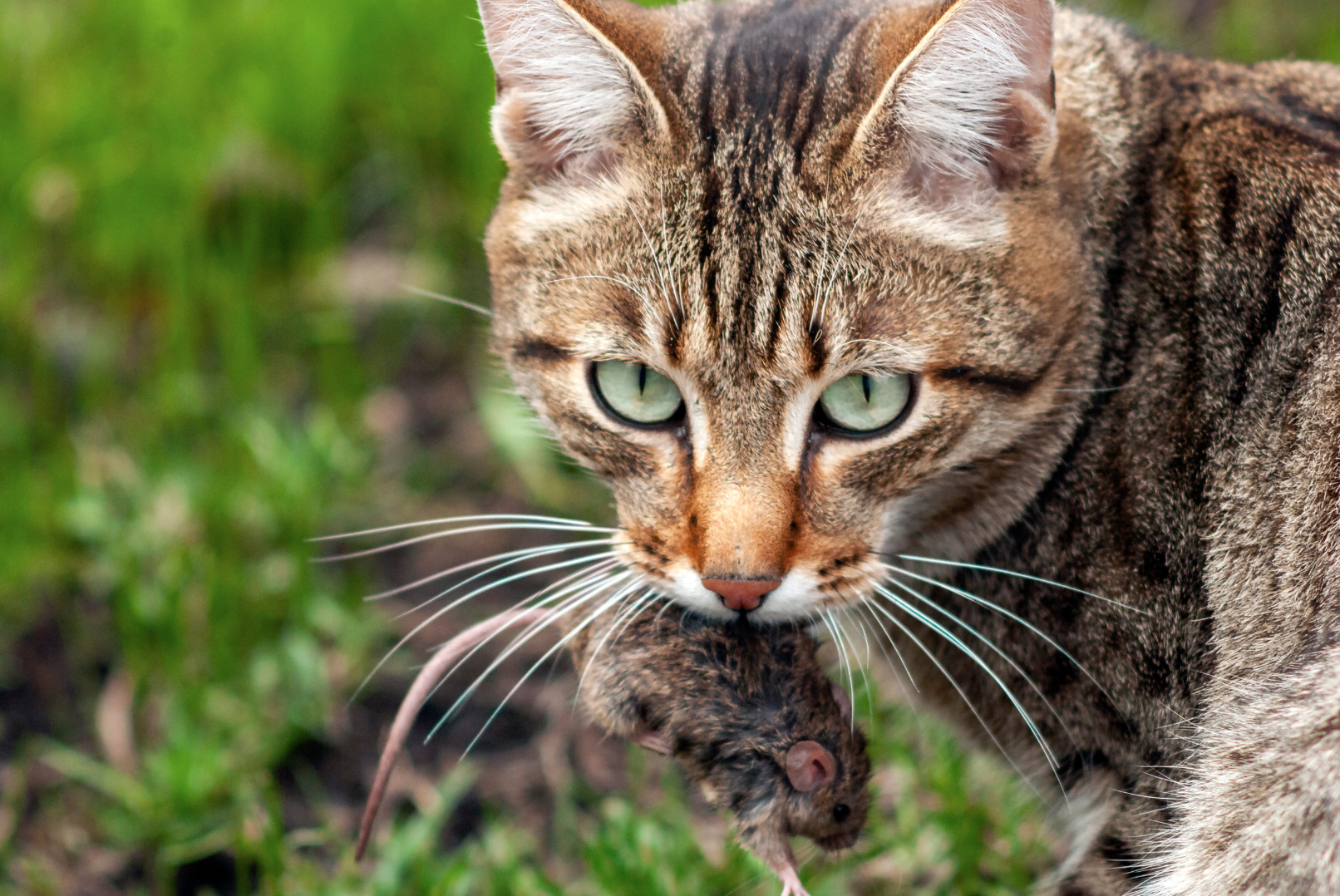
Sterilized community cats that are returned to their outdoor home do not breed and keep fertile outsiders away and help keep the rodent population under control. There are no more new kittens and any new cats that arrive in a managed group are identified and sterilized before they breed; the population eventually stabilizes.
The Community Cat program applies only to healthy cats, ones with easily treatable conditions, or who demonstrate they are doing well living outdoors. It does not apply to cats who are sick, injured, were recently abandoned, or relinquished by their guardians, or were found in a location that presented an immediate danger. Kittens under 6 months old will be medically and behaviorally assessed to determine the best outcome for each individual kitten.
Community Cats’ lives are improved with spaying/neutering and vaccinations. Behaviors and stresses associated with pregnancy and mating, such as yowling or fighting, stop. Not only does Trap-Neuter-Return make good sense, but it is also a responsible, humane method of care for outdoor cats.

Why aren’t traditional sheltering methods effective for community cats?
Shelters were originally created to care for dogs and livestock and most shelters just do not meet the complex and unique needs of cats. Because of this, shelters are not the best option for cats and statistics show this: In the United States cats brought to shelters only have a 2% chance of being reunited with their guardians. And sadly, cats have a nearly 50% chance of being euthanized in a shelter.
Community cats greatly suffer in the shelter environment; once allowed to roam miles of their territory freely are now confined in small cages or densely populated indoor spaces. This extreme stress often leads to illness which then results in dramatically higher rates of death and unnecessary euthanasia. Arizona ranks #18 on the national list for shelter pet deaths. The data shows that dog intake is about five percent higher than cats, yet cats are killed at a rate of more than two cats to one dog. Outdoor community cats are killed the most in shelters. Community cat programs have created a notable reduction in the number of cats entering shelters and significant improvements in save rates.
Even with the tireless work and dedication of animal advocates and organizations, the current method of sheltering cats has not been able to reduce the number of cats from entering shelters. In 2019, nearly 2.3 million cats entered shelters nationwide, up from 2.2 million the previous year. We see euthanasia and intake rates going down when shelters implement effective community cat programs.
We must realize that cats thrive outdoors literally all over the planet, in every continent except Antarctica. Did you know that North America is the only continent in the world that views keeping cats solely indoors as normal? There are some shelters in Europe who will not even adopt a cat to someone who will keep them indoors as they see that practice as cruel. It wasn’t until the invention of kitty litter in 1947 where keeping cats as indoor pets was first considered. Keeping cats indoors became even more popular in the 1970’s when shelters began advocating for cats to be kept inside to try and curb overpopulation. Yet our little feline friends, unlike our canine companions, have DNA that has not changed for the past 4 million years.
The cats we currently keep as pets are still virtually identical to those who have thrived outside for millions of years! According to National Geographic, a study that compared the DNA of cats throughout history shows that no major differences exist between the genetic makeup of wild and domestic cats. As a result, they remain perfectly capable of thriving outside.
All these statistics and facts show that we must challenge current ways of thinking and create innovative solutions to help save the lives of cats in our communities.
FAQ Page
We understand that Community cat programs are a relatively new way of understanding how to care for cats and so many of you have amazing and important questions. We have added some frequently asked questions below. If you need further questions answered, please email:
communitycats@highcountryhumane.org
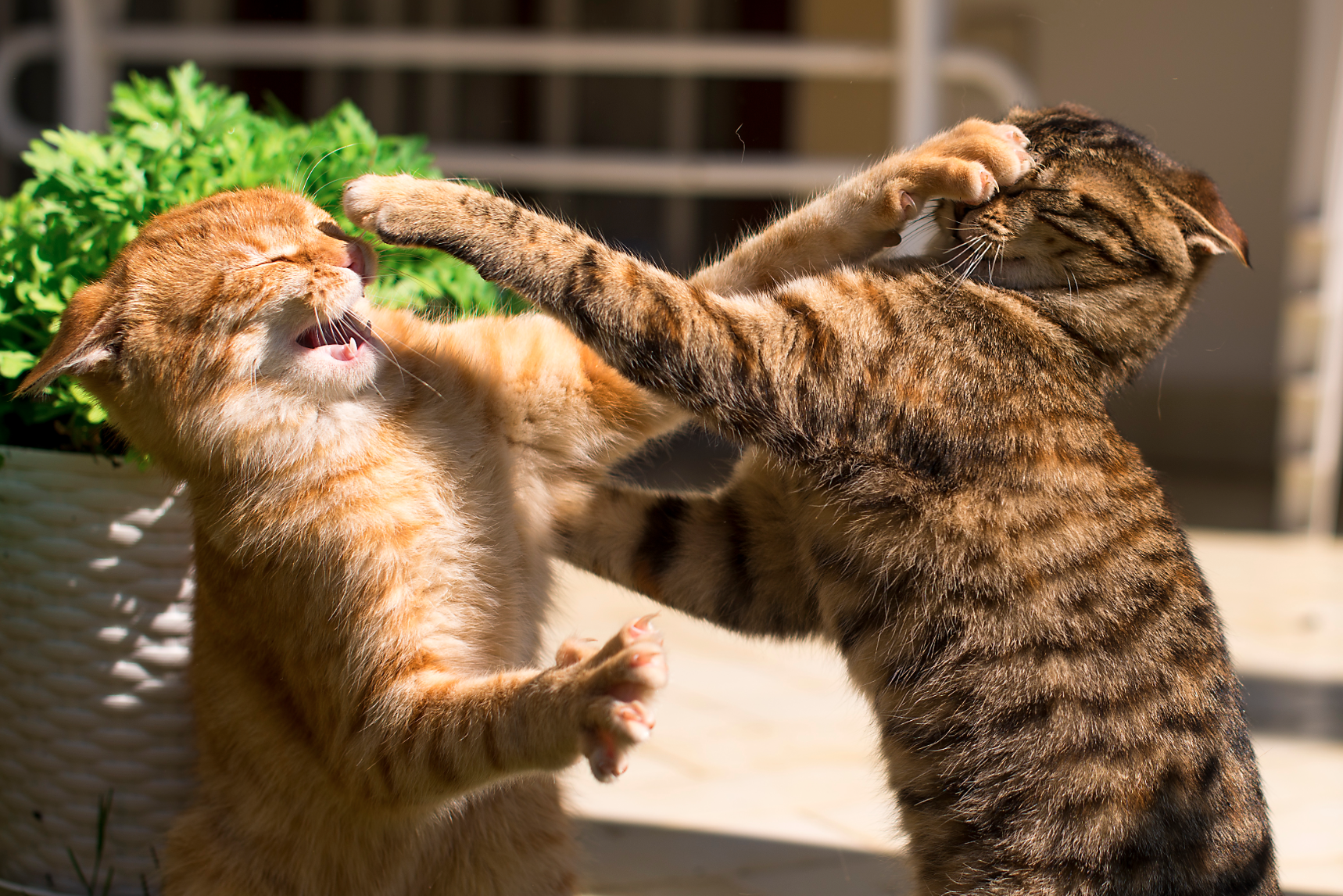
How does High Country Humane’s Community Cat Program work?
Our program assesses the individual needs for every single community cat that enters our care, and we provide the most beneficial outcome for each cat. Each cat brought to our shelter is fully examined by our veterinarian so we can determine their pathway based on age, health, body condition and important information gained from the cat’s finder. Research shows that the best option for healthy community cats is to spay/neuter and vaccinate them, and quickly return them to their outdoor homes. If we have an adult community cat that is sick or injured, we will decide if we can treat them effectively and get them back to their outdoor homes.
At times we may have a community cat that requires more complex medical care and may not be eligible to return outdoors. In these cases, we will decide the most appropriate pathway for that cat and their various needs. Kittens under 6 months of age will be assessed individually to determine their most appropriate outcome.
What are the benefits of spay/neutering community cats and returning them outdoors?
Enabling community cats to stay in the outdoor homes they have chosen is the best option because most community cats are just not suited for indoor life, confinement in a shelter or home, even if for a short time, and can be very detrimental and stressful, not only to their quality of life, but their health. Community cats who are returned back to their outdoor homes have demonstrated that they are doing quite well and living a healthy life outside. For these cats, there is no proven benefit from removing them from where they are most happy and living successfully. The most effective and humane method for community cats is to spay/neuter and vaccinate them; this stabilizes and reduces community cats’ populations and reduces problem behaviors like spraying, fighting, yowling, noise, etc. When you return sterilized community cats it prevents additional unsterilized cats from moving into the territory and therefore reduces overall population.
How does spaying/neutering and vaccinating improve the health of community cats?
Once spayed/neutered and vaccinated, community cats tend to gain weight and live healthier lives. They are less likely to develop certain kind of cancers and females will no longer have to deal with numerous pregnancies, which can be very stressful.
Sterilizing male cats also greatly reduces natural territorial behaviors like fighting other male cats, which can lessen the chance for injuries and infections. It also reduces the need for both male and female cats to spray urine to mark their territory. Spayed and neutered cats are less likely to roam, and females are less likely to attract males for mating.
Also, community cats having just one round of vaccines at the time of their spay or neuter have considerable health benefits for the cats and the community. These vaccines against common diseases like feline panleukopenia virus, feline herpes virus, feline calicivirus and rabies virus not only protect the individual cat but also help lower the risk of infectious diseases among outdoor cat communities as well as any “owned cat” who may live an indoor/outdoor lifestyle.
What happens to community cats in animal shelters?
For our community cats, any amount of time spent inside an animal shelter, even one as diligent and extensive as High Country Humane can lead to immense stress and suffering. Diseases like upper respiratory infection (URI), feline panleukopenia (FPV), Feline infectious peritonitis (FIP), ringworm etc. leads to higher rates of death and euthanasia. Further, Canadian Veterinary Journal published a study showing that the biggest risk for cats developing upper respiratory infection was time spent inside a shelter. Even if a Community Cat is very social and outgoing, they just do not adjust well to living in a shelter like other animals may. Because of this, traditional sheltering models have failed these cats and have not provided the best outcomes or opportunities for success.
Are social community cats returned outdoors?
Yes! The traditional shelter model is not an appropriate place for a community cat. These cats suffer with the confinement and inherent stress of life inside a shelter or home. They are unnecessarily put at risk for diseases and many experience behavior issues, even if the time at the shelter is short.
Many of these social community cats have dedicated caregivers who love and spend time with them. Though these caregivers differ in the traditional sense of “ownership”, they provide these cats with food, water, shelter, human interaction, and affection. How social a cat is outdoors is not an indicator of how they will react to a life inside a shelter or home. For the wellbeing of the cat, the community and the cat’s community, as often cats will have life long bonds with each other, spaying/neutering and vaccinating healthy community cats and returning them to their outdoor home is the best outcome for everyone.
What about “stray” cats?
A true “stray” cat is a cat who once had guardians and was abandoned; these cats would have some sign of “ownership” like a microchip, collar, tags, etc. or someone who could verify they were abandoned. These cats would not be considered community cats or processed through the community cats’ program. We scan every single cat that comes into our care for microchips and if they do have one, they would be kept at the shelter for the usual stray hold while we try to locate their guardians. If we are unable to reunite them with their family, we would place the cat up for adoption. Microchipping your animals is so important for this reason, and we encourage all pet guardians to do so, especially if you have an indoor/outdoor cat.
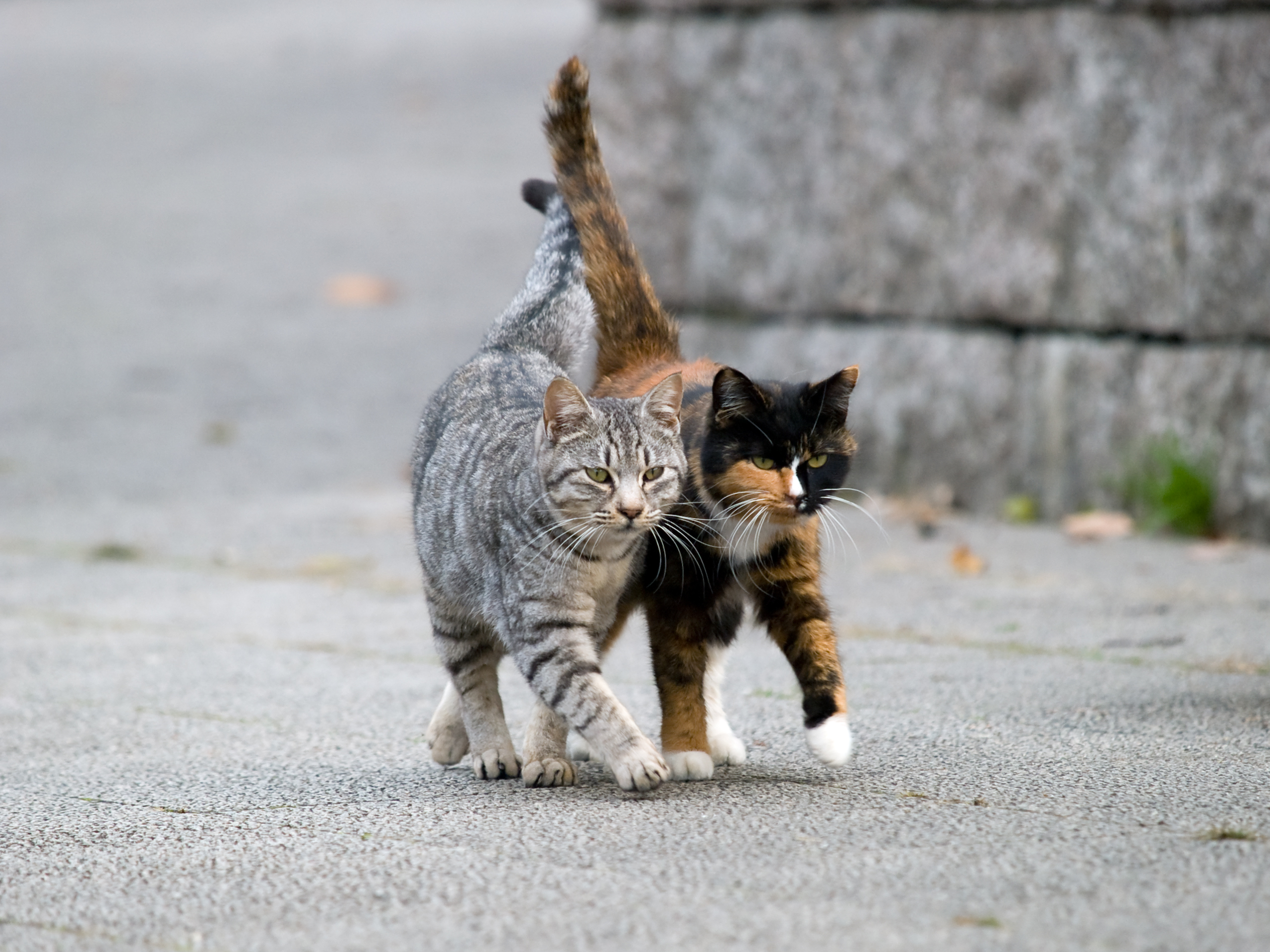
Can’t community cats just be removed or relocated?
No. Removing, relocating or worse, killing community cats is highly ineffective and dangerous for community cats. These cats choose their territory based on the resources available to them- food, water, shelter, etc. Data shows, simply removing, killing, or relocating community cats does not solve the issue of cat overpopulation because new cats will always fill those empty spaces since the resources are still available. Further, there just isn’t enough space anywhere to house the hundreds of thousands of community cats in our country and beyond. Relocation is also not a viable or humane option; it’s vital that cats know their territory and environment, are cognizant of possible threats and resources in their area.
How can I stop community cats from coming into my yard?
Thankfully there are many humane deterrents to help cats choose a different location other than your yard. Things like blocking access, covering your trash, dig proofing your gardens and yards, using motion activating devices, neutralizing urine smells, repelling with specific scents and of course, getting these cats spayed/neutered.
How does returning community cats outdoors impact wildlife?
Community cat programs aim to lower the population of community cats, which will benefit wildlife. Spaying/neutering and returning community cats to their outdoor homes is the only proven method at reducing the size of cat groups. Sterilized cats will no longer breed and help suppress litter sizes of other cats by continuing to use available resources. We must remember that the number one threat to wildlife today are humans and that cats can benefit birds by preying on rodents who eat bird eggs. There is also data that suggests sterilized cats see a reduction of hunting behaviors. Research also shows that feeding community cats food that is high in protein also reduces predatory behaviors. Therefore, there would be no real benefit for wildlife with the removal of community cats.
Why not just eradicate community cats?
Some have proposed that euthanizing all community cats would be the best way to reduce population and protect wildlife. High Country Humane is vehemently against euthanizing healthy cats and thankfully most of our community is also opposed to killing thousands of community cats in our county. Eradicating all community cats in our area and elsewhere would be scientifically impossible. No one could keep up with new cats moving into the emptied areas and the populations would continue to rise. Thankfully, the most effective and proven method for reducing the community cat population is simply sterilizing our community cats and returning them to their outdoor homes.
Research states that litter bearing mammals will breed based on the availability of food in their territory. Removing one cat from that territory does not reduce the population because the food source stays the same and other cats will continue to breed. Further, other community cats in other territories will quickly move into those available areas where cats were removed.
“As one example, an attempt was made to eradicate cats on Marion Island in South Africa in the 1980s. The island is 129 square miles and is largely uninhabited. The eradication effort took more than 15 years and tens of millions of dollars. Even if eradication were desirable or effective, it has been proven that it is not — such a project could never be carried out in our county or others.”
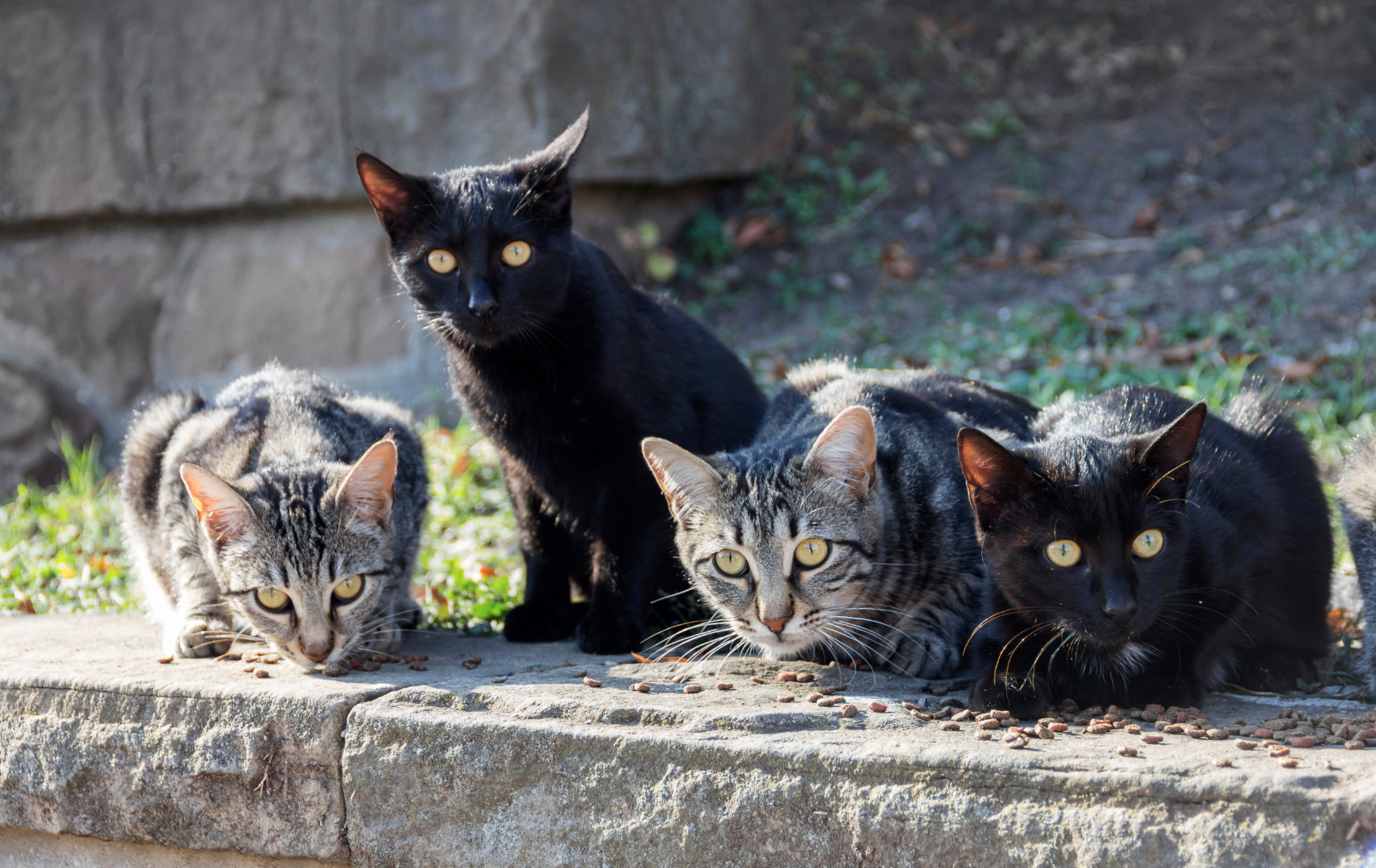
How do I know if a cat has already been spayed/neutered?
Look out for an ear tip, a notch, usually on the left ear, performed by a vet in a sterile environment during their spay/neuter surgery under anesthesia. The ear tip is the universal sign that a cat has been sterilized and vaccinated and ensures that cats who have already been sterilized are not brought to the shelter or vet unnecessarily, avoiding undue stress.
How can I help community cats in my area?
The best thing you can do for community cats is getting them sterilized and vaccinated, through our community cat program! Contact our Community Cat Program Manager to help guide you on the process. You can also help community cats by feeding, providing shelter, and educating your friends, family, neighbors, and community about our community cats.
Have programs like Community Cat Program been successful in other communities?
Yes! Community Cat Programs are founded in decades of research and backed by supporting data. Cities all over the world have implemented these groundbreaking and strategic methods of spaying/neutering and returning community cats to their outdoor homes. Here is a list of various successes with Community Cat Programs:
- San Jose Animal Care and Services saw the number of felines brought to their shelter decrease by 29% after four years.
- The Fairfax County Animal Shelter in Virginia saw a 58% decrease in the number of bottle-fed kittens arriving at their shelter after one year.
- At the University of Florida, the number of community cats on campus declined by 66% during an 11-year study. Additionally, no new kittens were born after the first four years.
- In Rome, Italy, similar efforts saw community cat group size decrease between 16 and 32% over a 10-year period.
- At Texas A&M University, 123 cats were neutered in the first year of their program operations, and no new litters of kittens were produced the following year.
- A 23-year study of a targeted program to trap, spay/neuter and return cats outdoors in the Ocean Reef Community of Key Largo, Florida, showed a 55% decline in the free-roaming cat population.
- A study of telephone complaints related to free-roaming cats in five cities in Israel found that complaints related to cats’ aggressive behavior, invasion of human facilities, injuries and distress significantly correlated to complaints about kittens and reproduction. These findings imply an association between cat welfare impairment and reproduction intensity.
- In the city of Rishon LeZion in Israel, a 2012-2014 study of free-roaming cats found that a higher ratio of neutered cats in the geographic population correlated with fewer emaciated and thin adult cats. This suggests that neutering favorably impacts the health of community cats.
